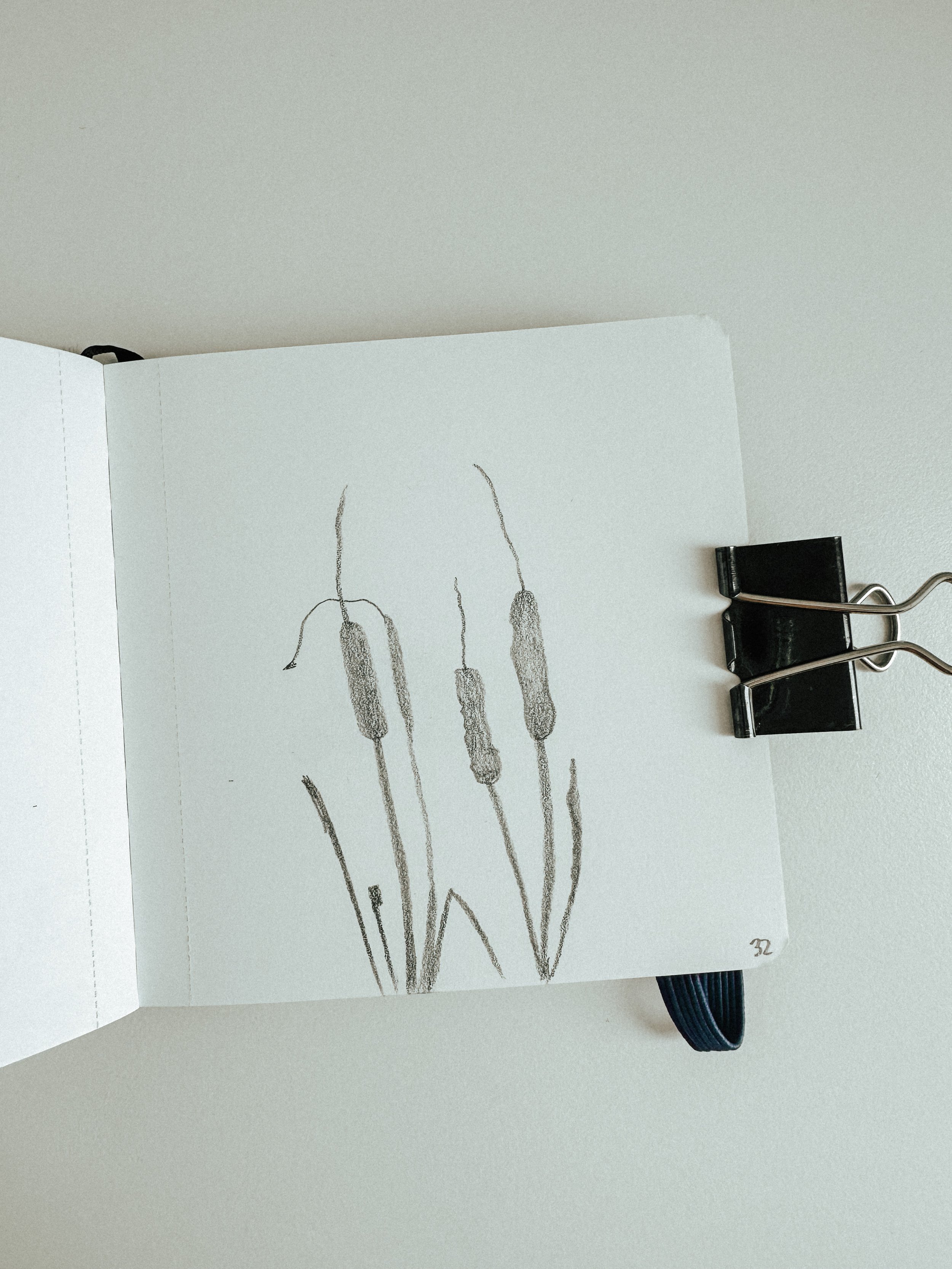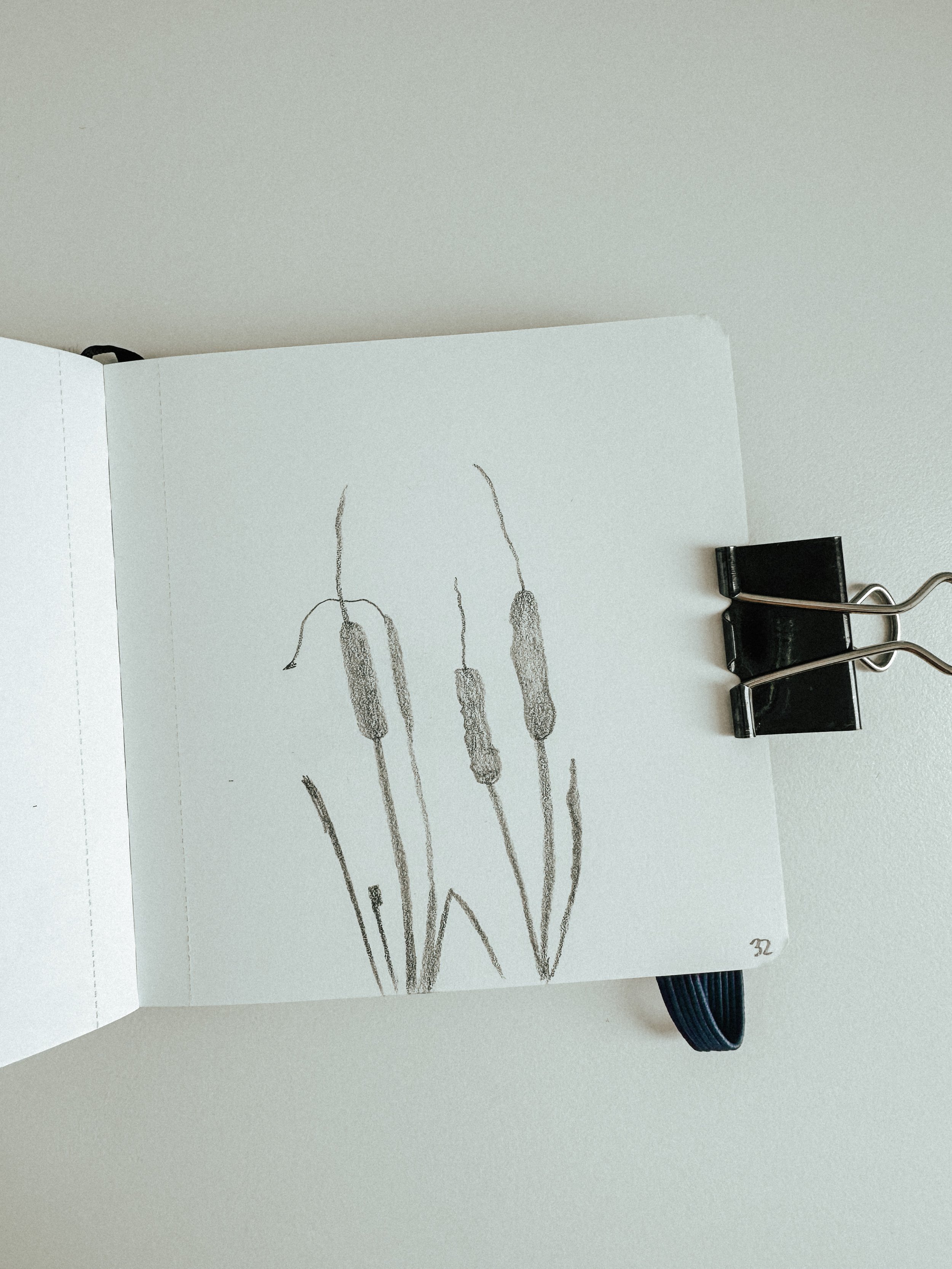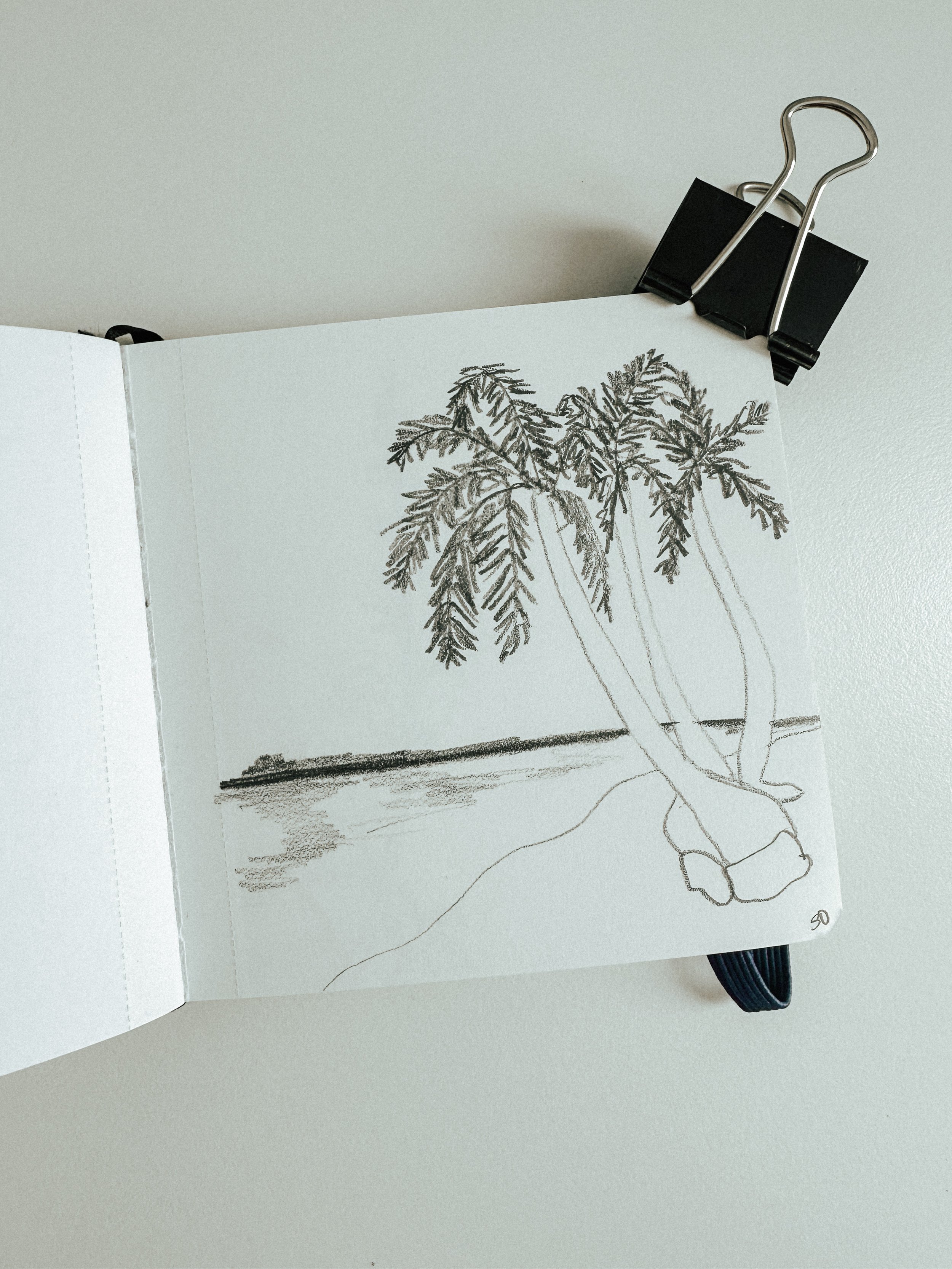33: Pincushion Cactus
Pincushion cactus, also known as Mammillaria, is a type of cactus that is commonly found in the desert regions of North and South America. As its name suggests, this cactus has a round and padded appearance, with numerous small spikes or "thorns" covering its surface. Its striking appearance, coupled with its ability to thrive in arid and dry conditions, has made the pincushion cactus a popular choice among cactus enthusiasts and gardeners alike. Despite its spiky exterior, the pincushion cactus is known for producing beautiful and vibrant flowers, adding a striking element to any arid landscape.
32: Cattail
Cattail is a wetland plant that is commonly found near pond and lake edges, marshes, and other damp areas. It is known for its distinctive cylindrical brown seed head that resembles a furry tail and for its long, narrow leaves that can grow up to 10 feet in height. Native Americans used cattail for a variety of purposes, including for food, medicine, and as a weaving material for baskets and mats. The plant also has ecological importance, as it provides habitat and food for a variety of birds and animals. Additionally, cattail has been used in recent years for phytoremediation projects, as it is able to remove pollutants from water and soil. Overall, cattail is a versatile and useful plant that has played an important role in both human and environmental contexts.
31: Snapdragon
Snapdragon (Antirrhinum majus) is a popular flowering plant with long spikes of brightly colored flowers that resemble the face of a dragon. Native to the Mediterranean region, the plant is characterized by its distinctive shape and bright pigments that range from pink, red, yellow, and orange. Snapdragons are commonly used for ornamental purposes in gardens and other outdoor spaces due to their ability to thrive in a variety of growing conditions, making them suitable for both novice and experienced gardeners. Additionally, snapdragons have a unique ability to attract bumblebees, butterflies, and other pollinators, making them a valuable addition to any garden ecosystem.
30: Palm Tree
Palm trees are an iconic symbol of tropical paradise and relaxation. These slender, tall trees with their fan-shaped leaves grow in tropical and subtropical regions around the world. The most common varieties of palm trees include the coconut palm, date palm, and the royal palm. Palm trees have adapted well to various environments, ranging from the desert to the rainforest, and provide numerous benefits to the ecosystem, such as providing shade, preventing soil erosion, and producing fruits such as coconuts and dates. In addition to their practical benefits, palm trees are an integral part of many cultures and are often used in art, music, and literature to convey the idea of leisure and relaxation.
29: Jade Plant
The jade plant, also known as Crassula ovata, is a popular houseplant that is native to South Africa. This plant is recognized for its thick, succulent leaves that resemble small round coins, and its ability to thrive in low light conditions. With proper care, a jade plant can grow up to three feet tall and wide, making it a beautiful and low-maintenance addition to any indoor space. Not only is it aesthetically pleasing, but the jade plant is also believed to bring good luck and fortune to its owner, making it a perfect gift for someone starting a new venture or a new job. Overall, the jade plant is a valuable plant to have and an excellent addition to any collection of houseplants.









